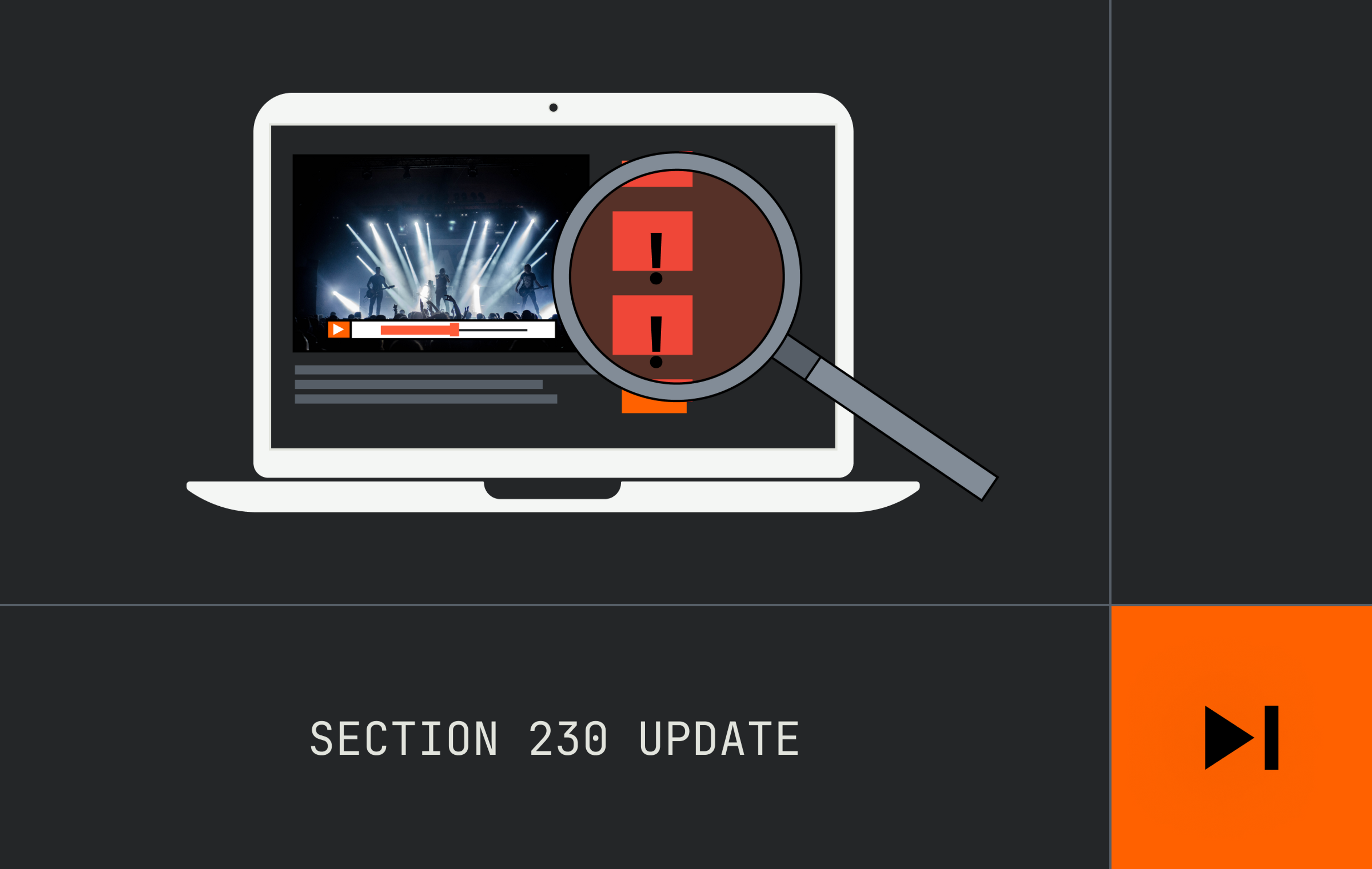In March, Mux commissioned a survey that asked 1,035 U.S. consumers about their experience with video streaming services.
Our goal was to understand how consumers think about Quality of Experience (QoE) for video streaming. We wanted explore the frustrations and satisfaction levels around the four core attributes that affect a viewer’s experience: playback failures, buffering, picture quality, and startup time.
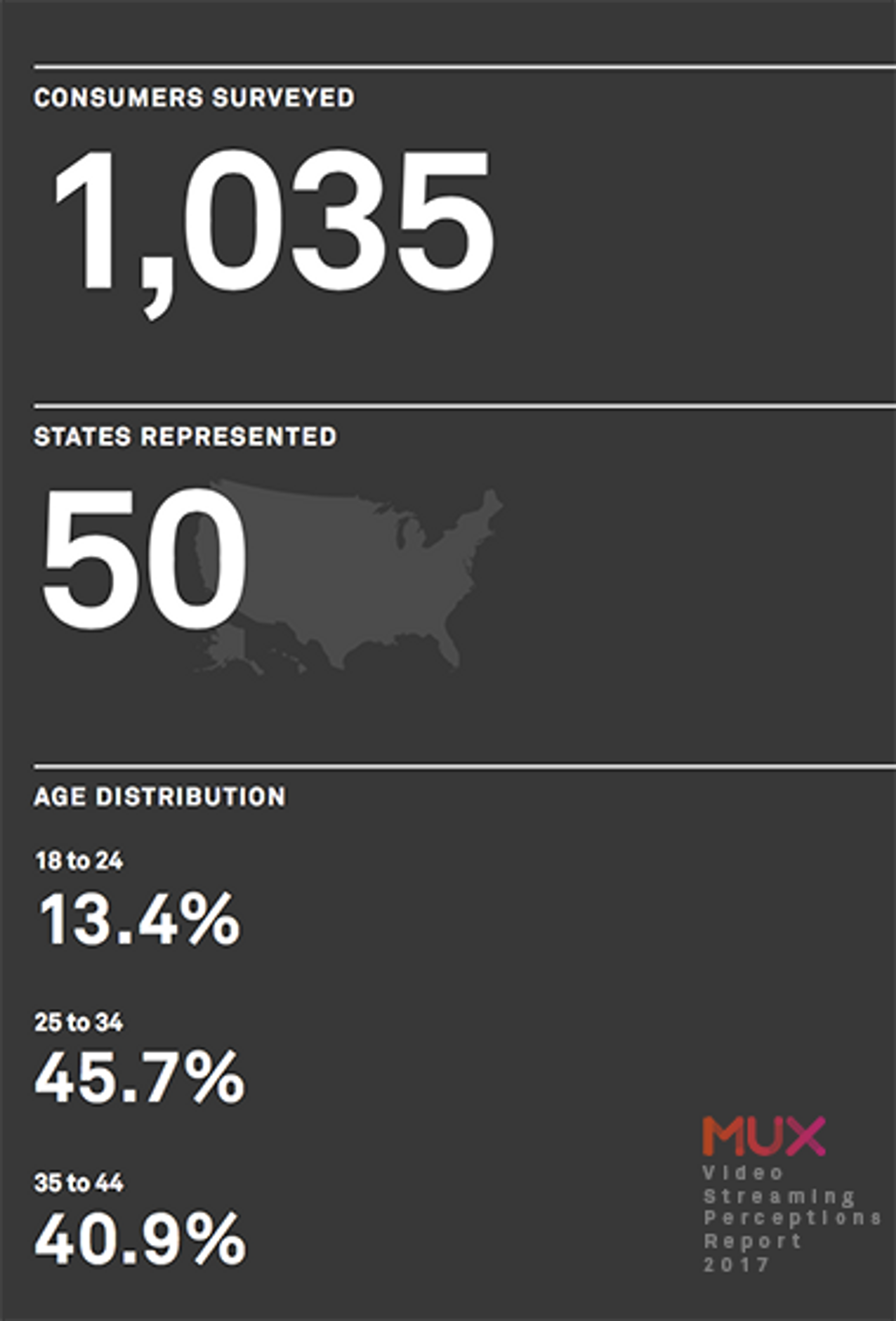
We focused our survey on one type of content: video watched on a television, using a service like Netflix, Hulu, YouTube, or WatchESPN. This is important because viewers have different expectations for different types of video: short vs. long, mobile vs. living room. With short mobile content, we want video to start almost instantly; but when committing to a 30 minute TV show or a two hour movie, it’s more important that the content looks good and plays without rebuffering.
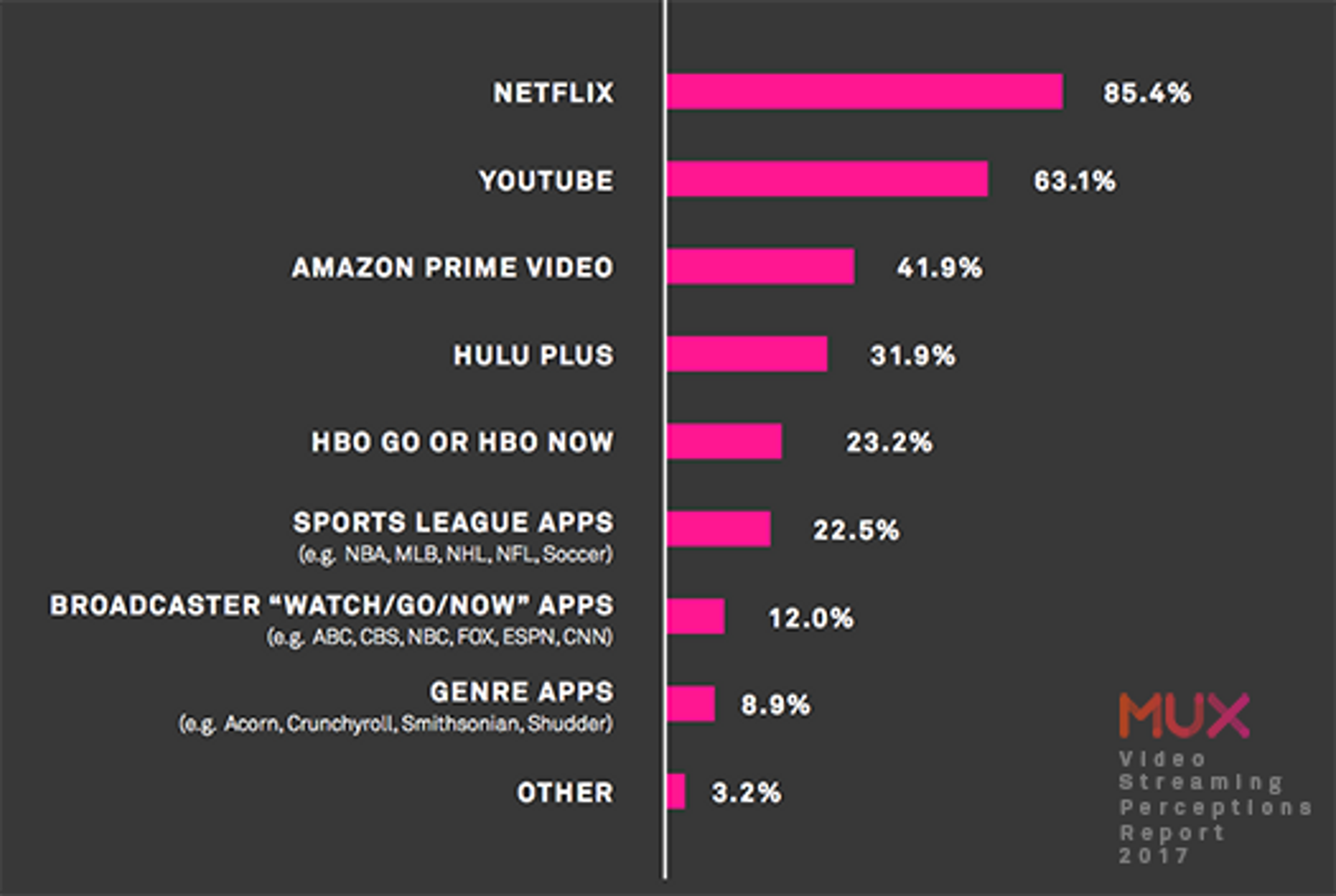
Mux is focused on helping publishers get a comprehensive understanding of a viewer’s QoE, down to very specific details. However, to really understand QoE, it’s important to look at both technical measurements - “what is the frequency of rebuffering on Android?” - and also qualitative opinions - “how do users feel about rebuffering?” The latter is the story we uncovered in this survey.
For details, download the full report.
Three Findings
First, we found that quality of experience is extremely important to viewers. 95.5% of survey respondents said that the “reliability and quality” of a video streaming service was “very important” to them when considering a streaming service. Consumers feel that there is significant room for improvement in the areas of load times, picture quality, rebuffering and playback errors.
Second, for video streamed on a television, rebuffering is the most frequent and most frustrating problem. But, all four QoE dimensions clearly matter. Even the least frustrating problem - "The picture quality of the video is low" - was the top problem for 1 in 7 viewers, and 57% have abandoned video in the past due to poor picture quality.
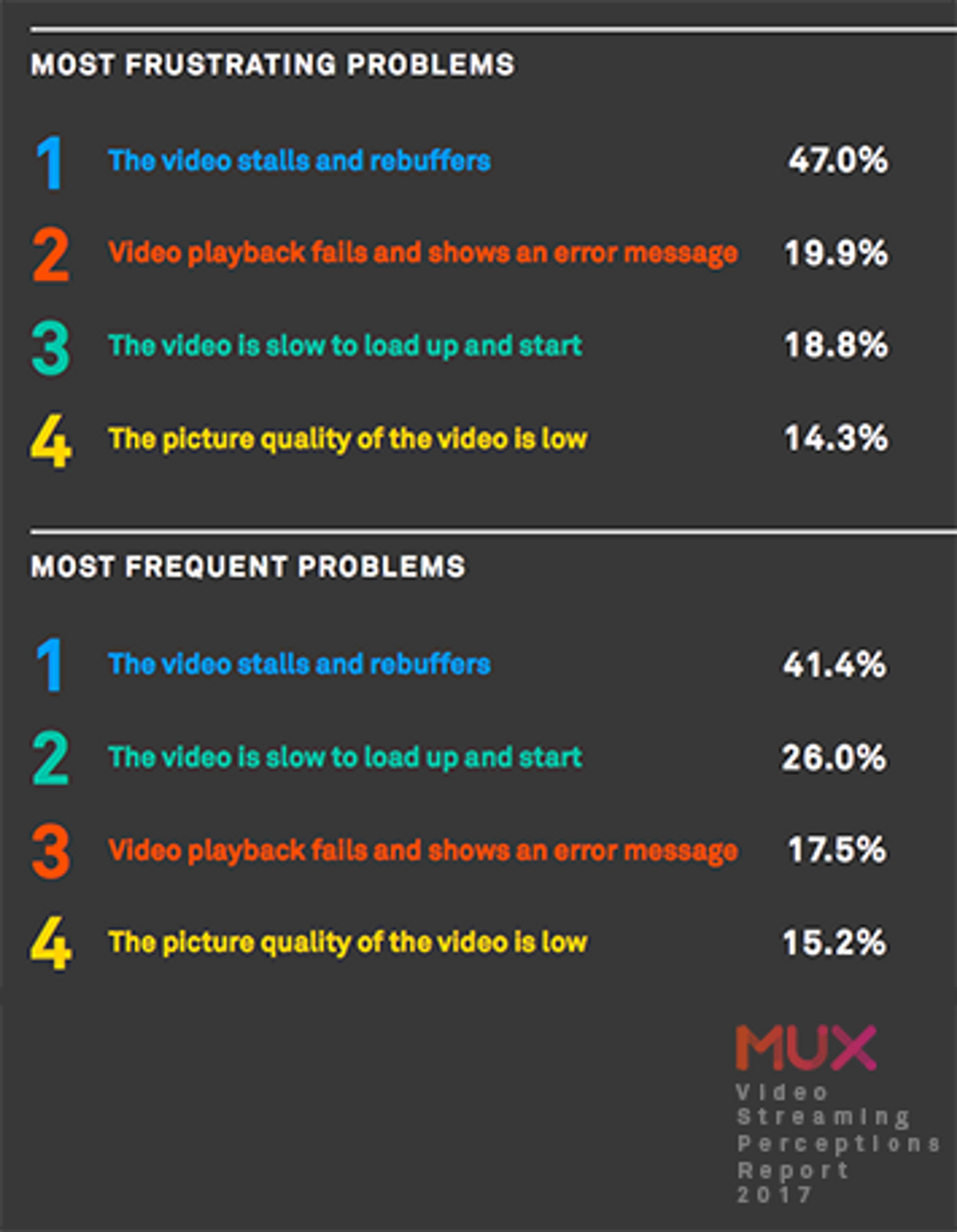
Third, we investigated who users blamed for video streaming problems. Users usually blame the Internet Service Provider and local network connections for rebuffering and slow load times, but publishers are most likely to be blamed for poor picture quality and playback errors.
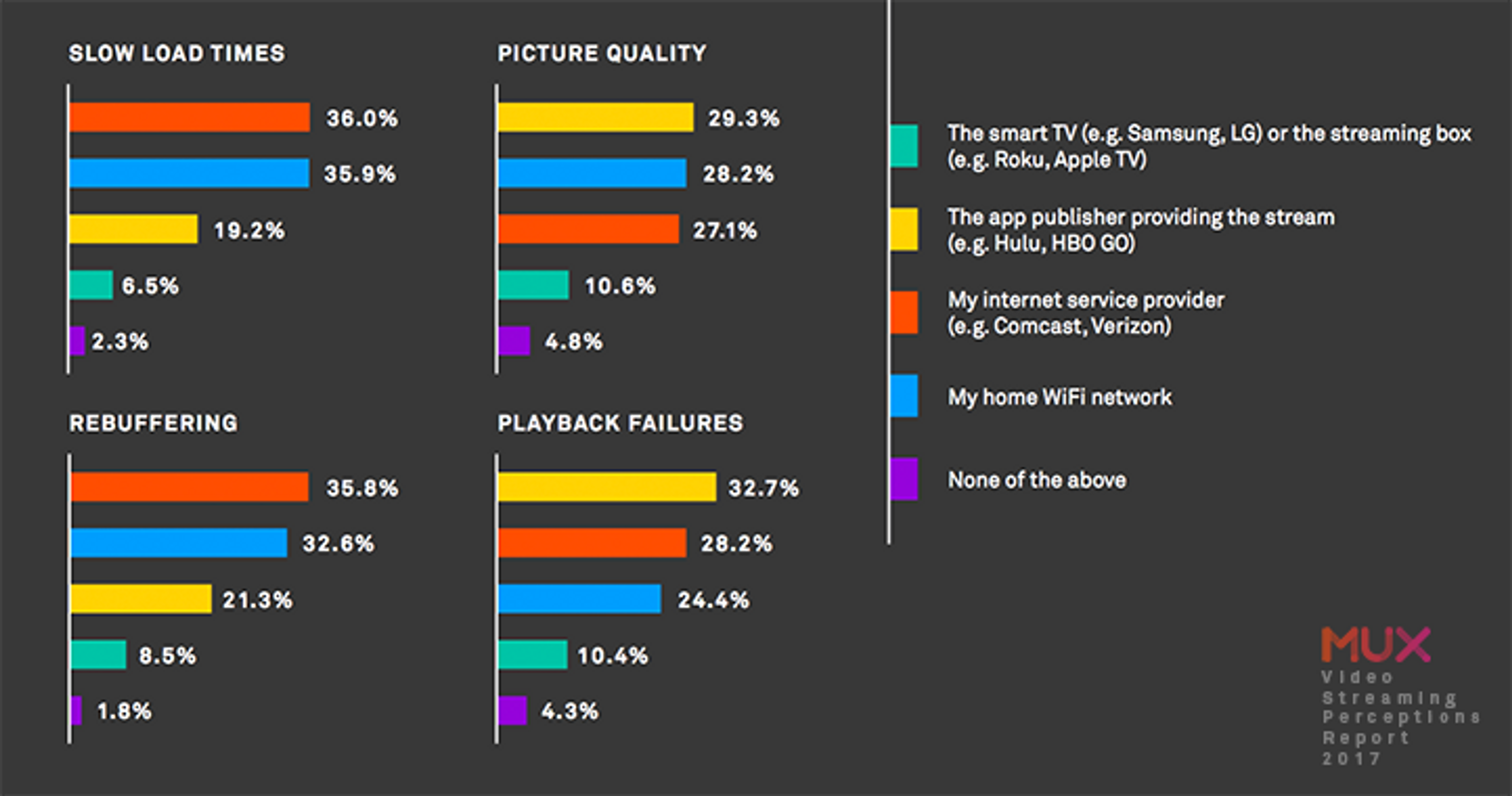
Finally, viewer experience is a competitive differentiator. Over 80% of viewers use more than one streaming service, and 93% of viewers have abandoned a video stream over quality problems. This means that providing a seamless video streaming experience is critical.
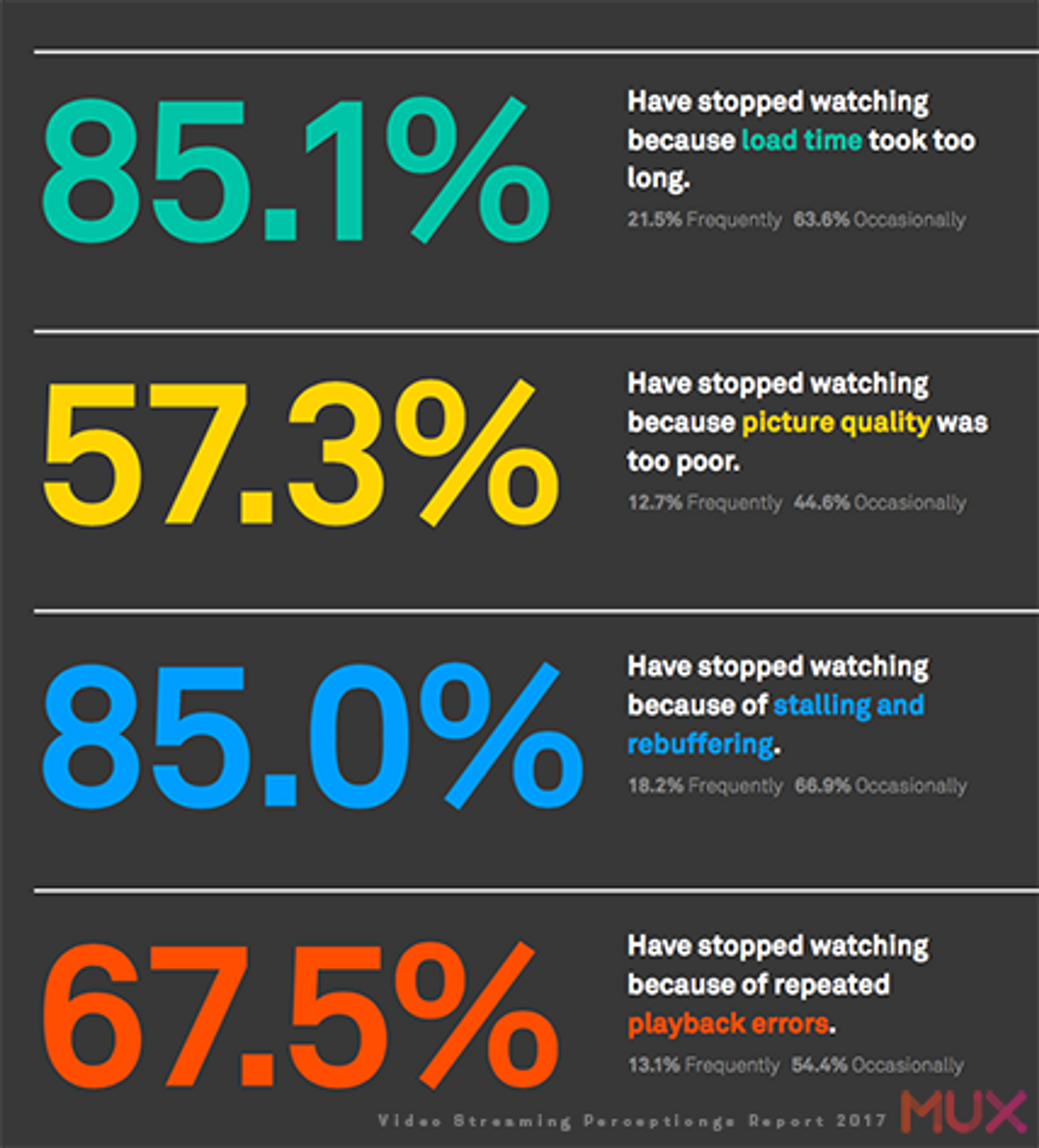
At Mux, we believe strongly that good video performance starts with data. “If you can’t measure something, you can’t manage it,” as the old axiom goes.
There are a number of ways of improving a viewer’s quality of experience, including changes to streaming formats, player technology, encoding settings, or CDN strategy. However, without detailed and accurate QoE metrics, it is impossible to know if video performance is getting better or getting worse.
If you’d like to read more, download the complete report.



